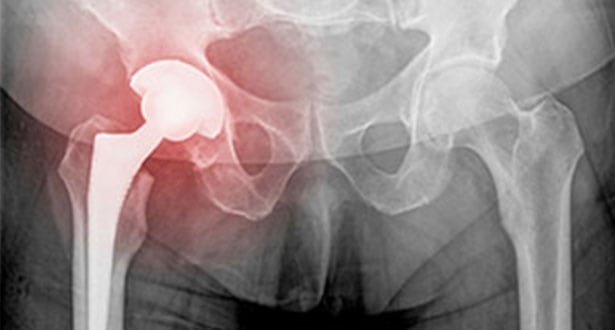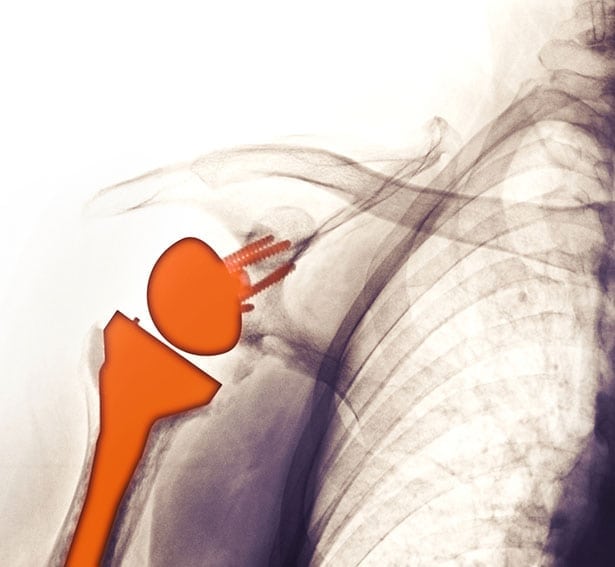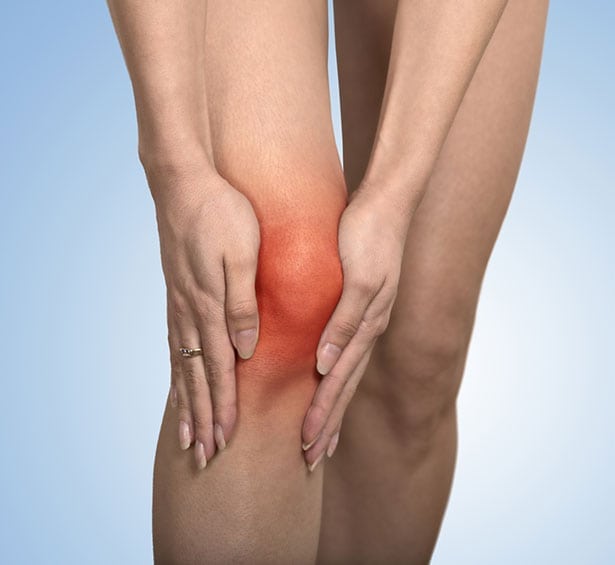
Learn more about Joint Replacement options.
At Orange County Orthopedic Group, we perform joint replacements for patients who are not finding relief through other methods. Oftentimes, joint problems are so extensive that it is difficult to continue everyday activities or go through the day without pain. Sometimes, shoulder, knee, or hip replacement is necessary. We are one of the only outpatient total joint programs in southern California.
Joint replacement can increase mobility and range of motion, as well as relieve pain. A joint replacement can be:
- Partial – only one part of the damaged joint is replaced
- Total – the entire joint is replaced with a prosthetic
CONTACT US TODAY

Outpatient Approach
Total joint replacement performed in an outpatient setting allows for patients to return home on the same day and recover where they are most comfortable. The outpatient approach is also less expensive and poses fewer risks.

More Candidates
The best candidates for total joint replacement have tried other methods for relief but have not been successful. However, many patients cannot undergo an invasive surgical procedure due to the risks involved. The minimally invasive and outpatient method makes the procedure more accessible.

Advanced Procedure
Outpatient total joint replacement is an advanced surgical development. Our doctors are trained in this procedure and their experience is helping to make this approach a possibility for more patients in the area and beyond.

Further Healing
Your recovery may not end with your joint replacement. Many patients will need physical therapy in order to continue making progress when it comes to strength and range of motion. With outpatient surgery, this further healing can happen sooner and more comfortably.
Outpatient Total Joint Replacement/Arthroscopy
Located at the point where the ends of two bones meet, joints are designed to flex and bend to help with normal movements. Despite being fairly durable, these structures and supporting bones and tissues sometimes become damaged or worn. When this happens, distracting joint pain may be experienced. It will sometimes go away on its own with some rest, home remedies like the application of heat or ice, and the modification of your regular activities until your pain is gone. While surgery is often a last resort, there are times when total joint replacement is worth considering.
Which Joints Can Be Replaced?
Of the million or so joints that are completed replaced in the United States each year, most of them are those that support knees and hips. However, many other joints, including elbows, ankles, wrists, and shoulders, can also be successfully replaced, often with minimally invasive arthroscopic techniques instead of traditional open procedures. What this means is that special instruments are placed through several strategically placed smaller incisions rather than one large one to access the affected part of the joint. Referred to as arthroscopy, such surgical techniques may benefit patients by:
- Minimizing risks during surgery
- Keeping scarring to a minimum
- Protecting nearby tissues and nerves
- Shortening hospital stays or eliminating the need to stay overnight altogether with joint replacements that can be performed as outpatient procedures


When Should Total Joint Replacement Be Considered?
Degenerative conditions such as arthritis often take a toll on tissues that hold joints together. Articular cartilage surfaces at the ends of bones can become worn to the point where bone-on-bone friction damages the joint. Injuries from a sudden fall or hard impact and fractures (breaks in bones) can have a similar impact on any of the parts that make up a joint and allow it to function. Replacement of a joint may also be recommended if patients are experiencing:
- Continued pain even after trying various conservative (non-surgical) treatments
- Difficulty maintaining stability of the joints
- Severe limitations with movements around the affected joint
- A noticeable decrease in quality of daily life due to joint pain and weakness
- Chronic joint inflammation
- Issues with joint performance due to deformities of the natural joint
How Do You Prepare for Joint Replacement?
In advance of total joint replacement, you’ll undergo a series of tests to confirm if there are issues with nearby tissues that will also need to be corrected when the joint is replaced. You’ll also be told to stop smoking. You may need to talk to your primary care physician about stopping certain medications temporarily prior to surgery, especially if you take blood-thinners. Prepare personally for your recovery by having assistance at home, including convenient assistance devices such as canes and grabbers.
What Happens During Arthroscopic Total Joint Replacement?
Arthroscopic total joint replacement typically takes a few hours to complete. It’s often performed with local anesthesia. During the procedure, small incisions are made. Dilating tubes are used to allow access to the joint and insert instruments to remove the damaged cartilage and bone. After removing any related debris from the area, metal and plastic components are inserted to replace the joint. The prosthesis is designed to mimic the look and function of the joint it’s replacing. A spacer is placed between implanted components to allow for smooth movement of the “new joint” without friction.
Some joints involve more steps during replacement than other ones. The shoulder joint, for instance, is a ball-and-socket joint that has more parts that will need to be replaced for the joint to function. Replacement of a shoulder joint may be limited to only the “ball” or just the “socket” (glenoid), depending on the condition of the joint. Replacement is similar with the hip joint since it’s also a ball-and-socket joint.
Recovery from total joint replacement, even when performed with less-invasive arthroscopic techniques, will involve physical therapy to recondition nearby muscles, ligaments, and tendons and restore natural flexibility to the joint. The replacement itself can last for many years if you take steps to minimize excessive stress in the area where you had surgery and remain mindful of your overall health by getting regular exercise and making nutrient-rich foods a part of your diet.
Some of the most frequently performed joint replacements are:
- Anterior hip replacement – Hip replacement through the front (instead of the back or side)
- Total hip replacement – Replacing all of the hip with a prosthesis
- Revision hip replacement – Adjustments made to an earlier hip replacement
- Total knee replacement – Resurfacing the knee joint with artificial parts
- Revision knee replacement – Adjustments made to an earlier knee replacement


